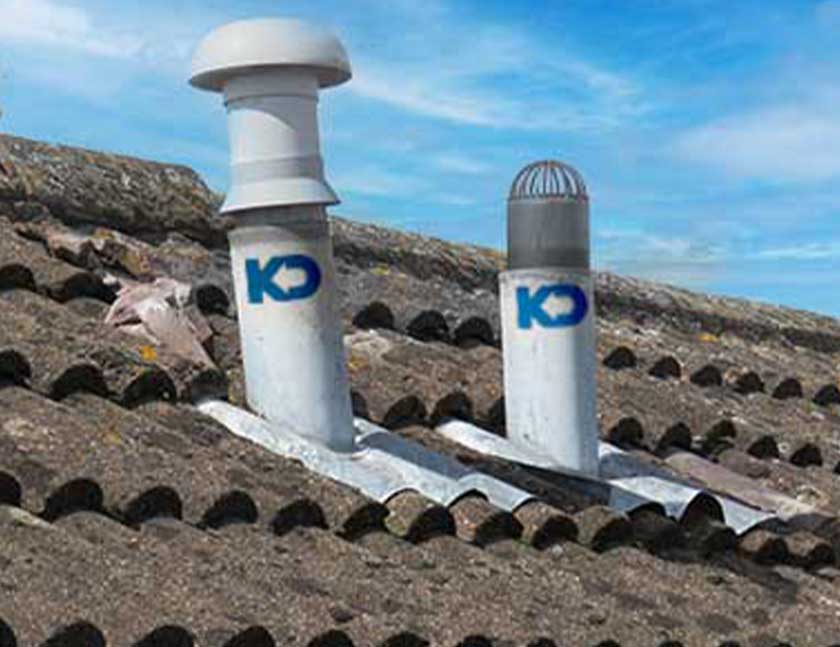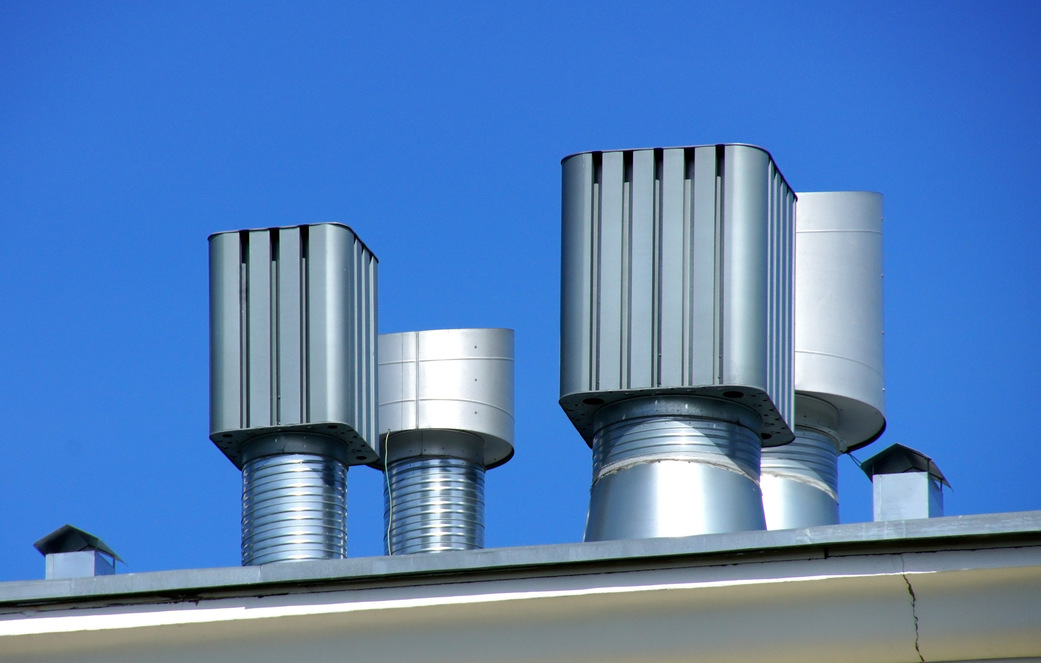Maintaining Correct Ventilation in Your Plumbing System: Why
Maintaining Correct Ventilation in Your Plumbing System: Why
Blog Article
Have you been interested in content around What Is a Plumbing Vent and Why Is It Important?

Proper air flow in pipes systems is frequently ignored, yet it is crucial for maintaining the performance and security of your home's plumbing. Air flow aids manage atmospheric pressure, avoid the buildup of damaging gases, and ensure the effective removal of waste. In this overview, we will discover the importance of proper pipes ventilation, just how it works, and the advantages it gives your pipes system.
Exactly How Ventilation Functions in Plumbing Equipments
Atmospheric Pressure Guideline
Correct air flow keeps well balanced air pressure within the pipes system. When water flows through pipelines, it displaces air. Without sufficient ventilation, this displacement can produce adverse pressure, causing slow drains or siphoning of water from traps, which can trigger undesirable odors to permeate right into the home.
Avoiding Sewer Gas Buildup
Among the most critical functions of pipes vents is to prevent sewer gases, such as methane and hydrogen sulfide, from collecting within the home. These gases can present severe health and wellness threats and are extremely flammable. Vent pipes enable these gases to get away safely outdoors.
Assisting in Waste Elimination
Ventilation helps in the effective removal of wastewater by preventing airlocks in the drainage system. When air can stream easily via the vents, it enables water and waste to flow smoothly with the pipelines, minimizing the risk of blockages and backups.
Benefits of Appropriate Air Flow
Improved System Efficiency
Appropriately aerated plumbing systems operate much more effectively, with less clogs, faster draining, and much less stress on the pipes. This efficiency expands the life-span of the plumbing system.
Improved Air Quality
By avoiding sewage system gases from entering your home, proper ventilation contributes to much better indoor air high quality, making your living setting healthier and much more comfortable.
Stopping Water Damages
Adequate ventilation assists stop water from being siphoned out of catches, which can lead to sewer gases going into the home and triggering water damage in time.
Steps to Make Sure Proper Air Flow
Consulting Pipes Codes
Constantly speak with neighborhood pipes codes when designing or changing your pipes system. These codes supply the required guidelines for appropriate venting and guarantee your system fulfills security standards.
Routine Evaluation and Upkeep
Routine assessments can help determine possible air flow issues before they end up being major issues. Upkeep tasks, such as cleaning up air vent pipes and checking for clogs, are vital for maintaining the system in good working order.
Specialist Installment
For brand-new installments or significant modifications, it's smart to hire an expert plumbing technician. They have the knowledge to make certain the air flow system is appropriately created and set up according to code.
Recognizing Air Flow in Plumbing
Ventilation in plumbing describes the network of pipelines that permit air to move with the drainage system. These vents offer numerous functions, including managing air pressure within the pipes, avoiding sewage system gases from entering the home, and helping in the smooth circulation of wastewater.
Sorts Of Pipes Vents
Key Heap Vent
The major stack air vent, likewise known as the air vent stack, is the main air vent in a plumbing system. It prolongs from the major drain align via the roofing system, permitting gases to escape and fresh air to enter the system.
Branch Vent
Branch vents attach to the primary stack vent and offer private fixtures, such as sinks, commodes, and showers. These vents ensure that each fixture has appropriate air flow to function effectively.
Air Admission Shutoff (AAV).
An Air Admission Valve (AAV) is a one-way shutoff that enables air to go into the plumbing system without the need for a conventional vent pipeline expanding with the roofing system. AAVs are generally used in remodellings or locations where installing a basic air vent is not practical.
Indicators of Poor Air Flow in Plumbing.
Slow Draining Fixtures.
If your sinks, bathtubs, or bathrooms are draining pipes gradually, maybe an indication of inadequate ventilation. Inadequate air flow can create a vacuum impact, making it challenging for water to drain pipes correctly.
Gurgling Seems.
Gurgling noises originating from drains are typically an outcome of air being drawn via water catches because of negative stress in the pipes. This is a clear indicator of inadequate air flow.
Undesirable Smells.
Drain odors inside your home are a red flag that your pipes system is not effectively aerated. This can imply that sewage system gases are not being appropriately aired vent outside, resulting in possibly harmful conditions.
Usual Ventilation Mistakes.
Insufficient Vent Sizing.
Utilizing undersized vent pipelines can cause poor air circulation and pressure discrepancies in the system. It's necessary to utilize vents that fulfill the particular demands of your pipes system.
Improper Vent Placement.
Putting vents too far from the components they offer can minimize their effectiveness. Correct placement ensures that air can move easily and efficiently via the system.
Ignoring Code Needs.
Building regulations offer details standards for plumbing ventilation. Neglecting these codes can result in a system that falls short to work appropriately and might bring about expensive repair work or health hazards.
Final thought.
Appropriate air flow is a critical component of any type of pipes system, guaranteeing that it operates efficiently and securely. By recognizing the relevance of ventilation, acknowledging the indications of inadequate air flow, and taking actions to keep your system, you can prevent pricey concerns and safeguard your home's air top quality.
Understanding the Role of Your Plumbing Vents in the Drainage System
The plumbing system in your home is more than just the kitchen sink, toilet, and bathroom. Some problems that arise within home plumbing are hard to detect because homeowners may not understand potential causes.
One part of the plumbing system that could cause you endless problems is the venting. The drain lines that run through your home and drain wastewater need proper venting to function properly. Faulty plumbing vents can lead to several problems that require the expertise of a plumber to check them out. Before finding experienced plumbing services, there are a few things to learn about plumbing vents.
Why vents are vital
Vents in the plumbing system lead to an outside area such as the roof or the back. The function of these vents is to keep sewer gases away from the drain pipes. They also establish seals in the drainage pipes that prevent the sucking back of waste gases into the home. Venting in the plumbing system also allows oxygen to get into the drainage system, which is an essential component in the breakdown of waste matter. The vents also ensure that the air pressure within the drainage system remains balanced, facilitating the flow of wastewater.
Possible problems
When the plumbing vents are problematic, one of the consequences is imbalanced water levels in the toilet. If you notice that the levels in the toilet bowl rise and fall all the time, then there may be something wrong with the vents.
Another issue is air bubble formation within the toilet. In most cases like these, the drain pipes are not receiving enough air. Lack of air pressure equalization is what leads to water flow problems. If you come across such issues in your home, make sure you call professional plumbers, such as the ones from Perfection Plumbing & Drain Cleaning Ltd.
Potential causes
Several scenarios can lead to some of the plumbing problems that homeowners suffer because of venting. One such scenario is the use of incorrectly sized vents. Usually, vents are the same size as the drain line to facilitate proper venting. Vents that are too small will lead to some plumbing issues. Another potential cause is fixtures that are not close enough to the vents. In this scenario, air forces itself through the traps of other fixtures, leading to gurgling sounds from toilets and sinks.
Most of these problems also happen with clogged vents. Tree leaves and debris can cause clogging when they make their way down a vent. Unclogging plumbing vents is a service that you can entrust to Saskatoon plumbers. They will know how to snake down vents and remove clogging stuck in fixtures.

I stumbled upon that post about What Is A Plumbing Vent & How Do They Work? while doing a search on the web. Sharing is caring. You won't know, you may be doing someone a favor. Bless you for being here. Kindly pay a visit to our site back soon.
Visit My Web Page Report this page